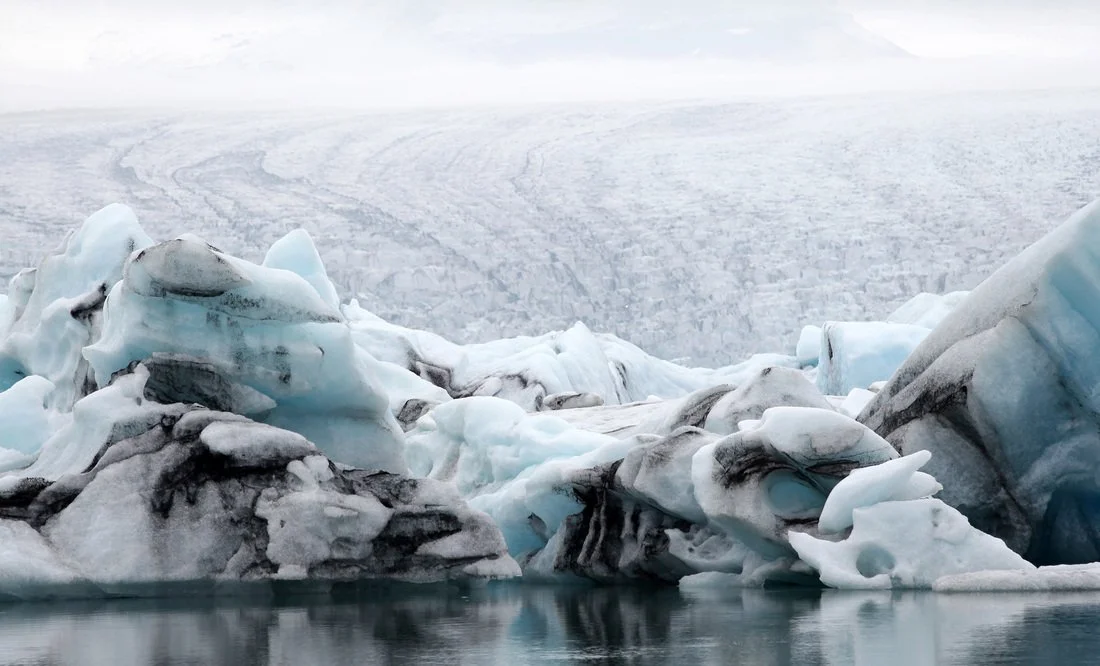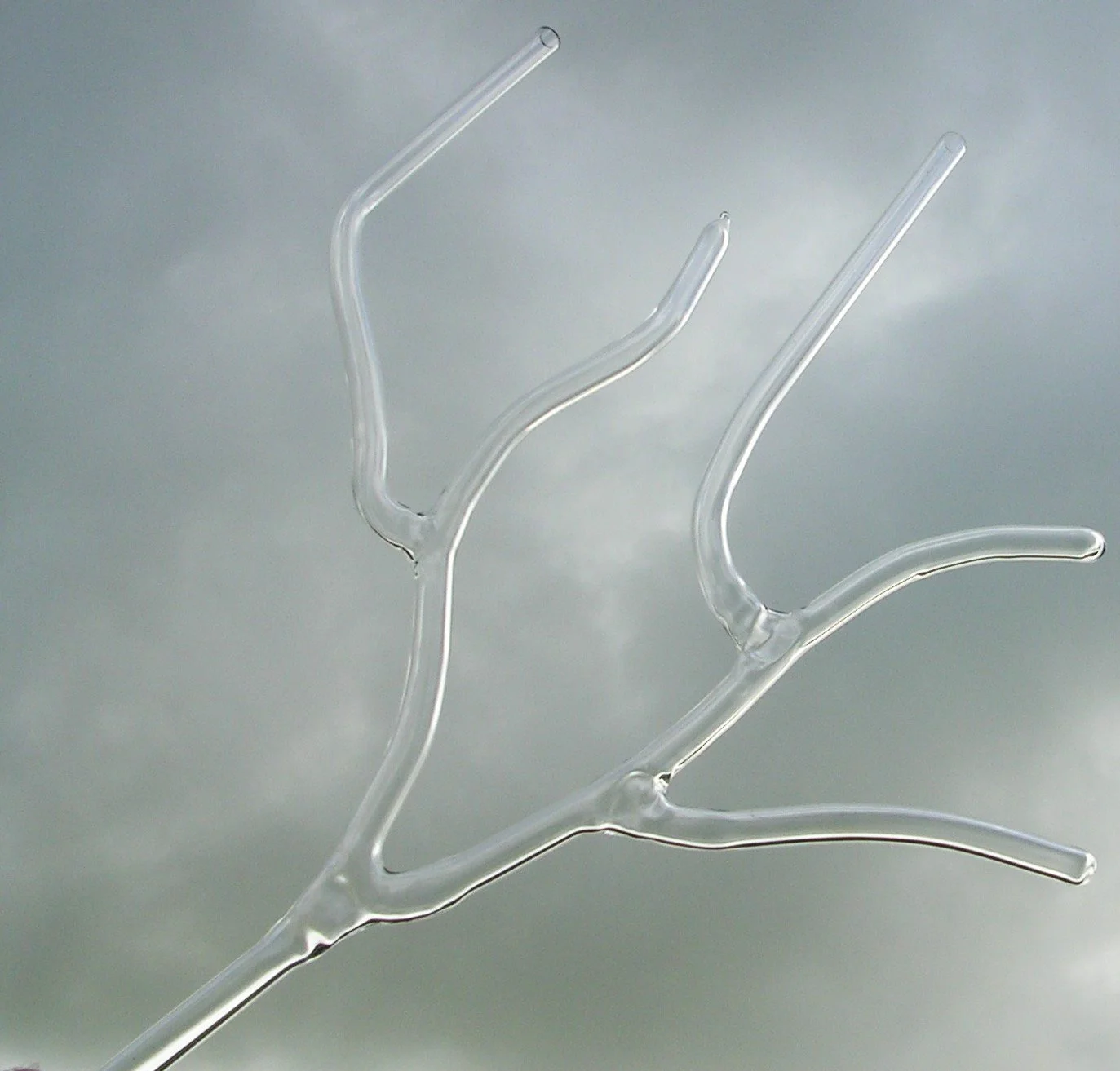A coral glass sculpture / scientific vessel, designed by @jennifer.argo and fabricated by scientific glassblower Ian Pearson in Thurso, for part of the Mapping Ocean Change exhibition at @newglasgowsociety.
“The coral structure represents ecosystem networks, and the hollow chambers are designed to hold chemical solutions to show how change occurs not in isolation but throughout ecosystems. The fragile nature of the glass emphasises that these ecosystems are delicate.
Climate-driven changes can have knock-on effects throughout ecosystem networks. Ecosystems can adapt and recover to overcome adverse effects, but they need time to do so. When change happens rapidly, the chance for recovery and adaption becomes critical.
Some species adapt well to change, and scientists have been excited to learn that many Arctic species thrive during the Arctic Night, periods of 24 hours of darkness over the winter months, previously presumed to be a period of relative inactivity, when some adapt to the darkness by foraging for whatever resources they can find, rather than going for a specific food source. Other species migrate to find resources elsewhere, others form mutually-beneficial ways of gathering and sharing resources, some overwinter to develop and emerge when there is more access to resources again.
Species will have to adapt across different environments due to climate change, changing their resources or migrating to more liveable habitats. This is already affecting many people as well as plant, animal and insect populations around the globe as a result of the climate crisis.
Scientists are still learning about individual species and collective ecosystem dynamics. We know what some of the larger implications of climate change are: warming, drought, natural disasters, but we cannot fully predict the effects of climate change across ecosystems.
For instance, what might the impact be of the range-shift of a poisonous insect population to a new region due to warming? What will happen as ice sheets melt and they are replaced with algae blooms? How will species who live near the surface of the water adapt to the new environment?
As access to resources become limited in different ways around the globe (water in areas of drought, nutrient-rich soil to grow food, dry and safe housing in flooded areas, cool zones in heatwaves), we have to adapt as things change and work together globally and locally to share resources and expertise, migrate as needed and accommodate those who need to.
Our governments need to operate based on the understanding that we cannot adapt to survive without mutual cooperation, shared resources and freedom of movement.”






